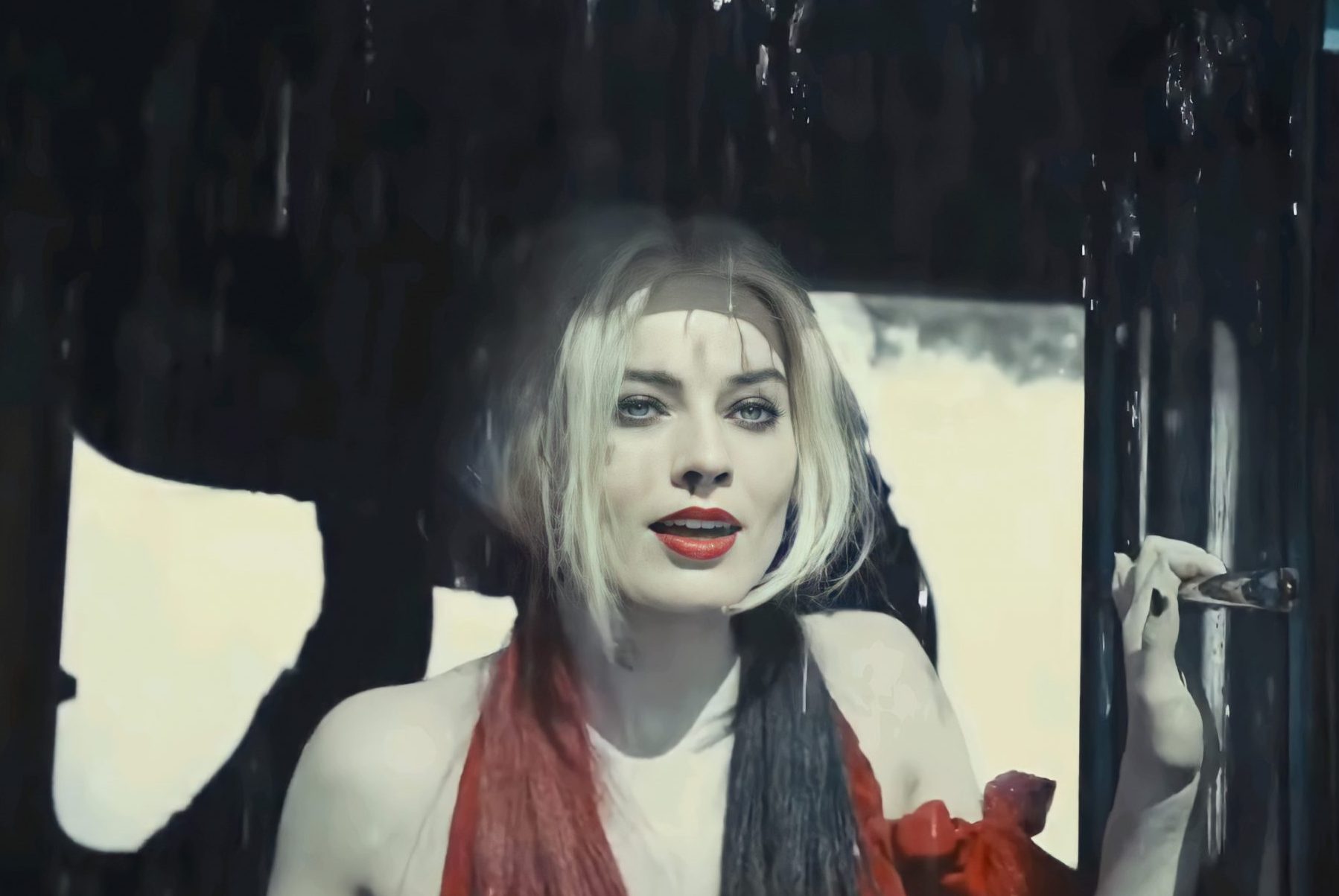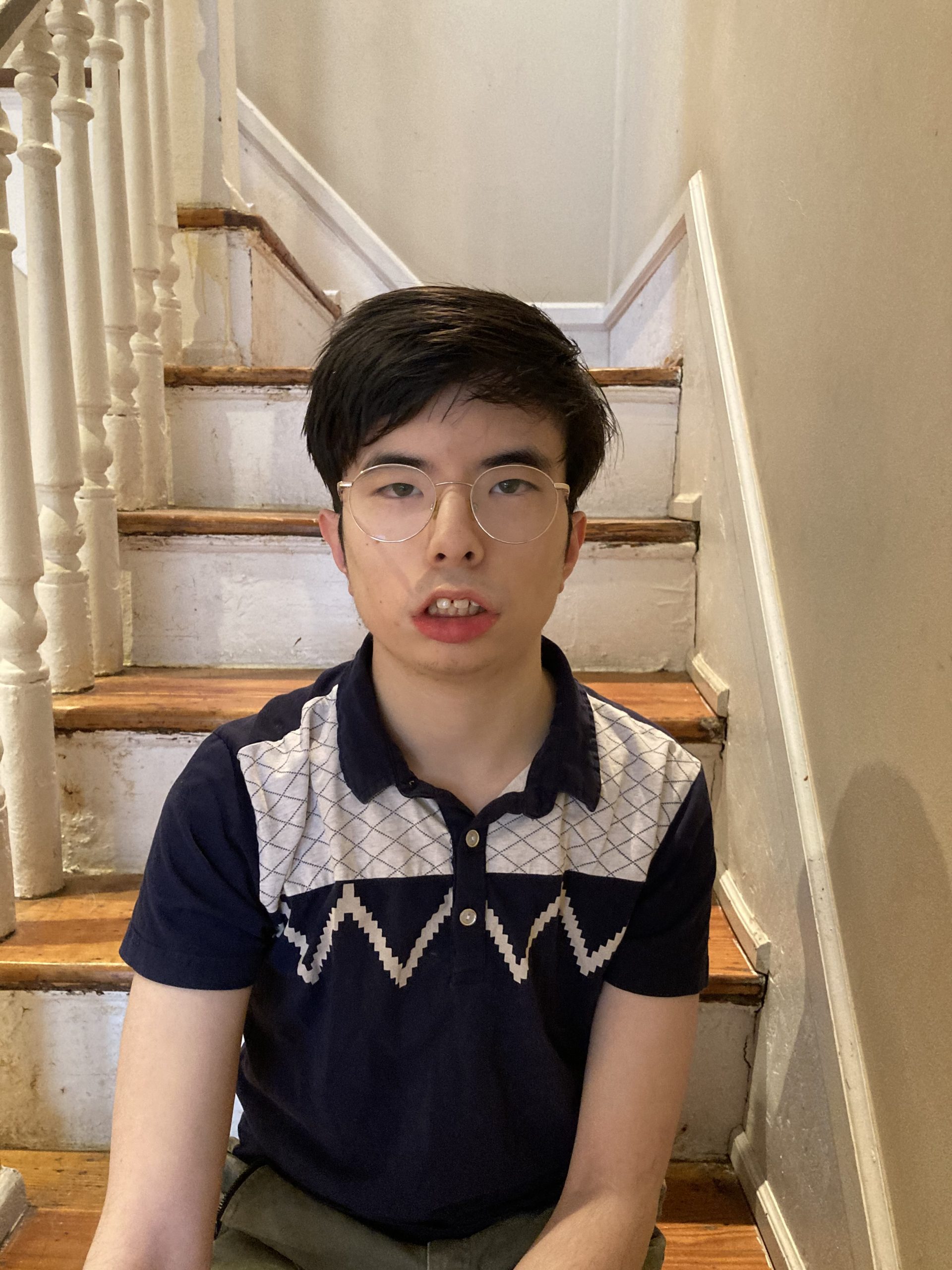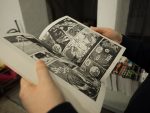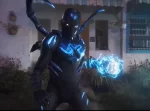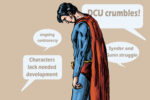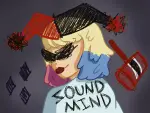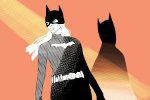From its first scene, “The Suicide Squad” doesn’t pull any punches. The first film of the DC Universe to be rated R uses this rating to full effect, with plenty of crude humor and over-the-top violence. But despite all of this juvenile content, the film is the best superhero feature of the year, carried by oddly endearing characters portrayed by a talented cast.
The central conceit of “The Suicide Squad” is identical to that of its 2016 predecessor: A group of super-powered prisoners is forced to complete a nigh-impossible mission in exchange for 10 years off their sentences. Disobey any of the instructions given to them by their ruthless handler, Amanda Waller (once again played by Viola Davis), and an explosive implanted in the base of their skull will detonate and kill them.
This time, Task Force X — the Squad’s official name — is tasked with destroying an old Nazi research installation in the fictional South American country of Corto Maltese to prevent the technology contained within from falling into the hands of the island nation’s new anti-American regime. This version of the Squad is a massive ensemble cast comprising lesser-known DC Comics supervillains, as well as a few returning characters from the 2016 film. Yet somehow, no matter how unknown or ridiculous the characters are, by the end of the film, the audience is invested in all of them.
“The Suicide Squad” successfully uses many of the elements that the 2016 film tried and failed to use, such as its non-chronological plot and large ensemble cast. Another such element is the film’s unique visual style. James Gunn brings his own vision to the film, leading to the inclusion of many standout sequences and clever sight gags — a staple of the director. Such sequences are common in his “Guardians of the Galaxy” films for Marvel, but for a DC film, they are refreshingly unique. One such highlight is a close-quarter fight scene that is seen mostly through the reflection of a character’s helmet.
Gunn’s style is also evident in the film’s comic book-esque chapter titles, which are often integrated into scenes in creative ways. Another greatly improved aspect of the film is the use of licensed songs in the soundtrack. In the 2016 film, there was little rhyme or reason as to why a certain song was played during a scene, with 15-second clips of songs sometimes playing one immediately after the other. “The Suicide Squad” is a bit more sparing with its use of licensed music, and when the music does play it is thematically relevant.
But the film’s greatest strengths are its characters and performances. Gunn once again shows his talent for taking bottom-of-the-barrel villains from deep in comic lore and turning them into sympathetic characters. Some of the most surprisingly captivating characters are the most ridiculous, including the slow-witted man-eater King Shark (voiced by Sylvester Stallone), the charmingly neurotic Polka-Dot Man (played by David Dastmalchian) and the out-of-her-depth Ratcatcher 2 (played by Daniela Melchior). Bloodsport (played by Idris Elba) rounds out the team well, serving as the team’s reluctant leader. The eccentric characters’ interactions with each other feel incredibly natural, buoyed by the actors’ strong performances.
The more things “The Suicide Squad” gets right, the more the first film in the series appears to lack. “The Suicide Squad” is a marked improvement over its predecessor, a film critics universally panned and that polarized audiences to the point where some die-hard DC fans sought to take down Rotten Tomatoes for its poor ratings.
The 2016 film had a tumultuous production, which may have been partially responsible for the bizarre and choppy mess that was released in theaters. It was saved from complete failure by a few actors who genuinely cared about their characters. While a few of the original actors return, including Jai Courtney as Captain Boomerang and Margot Robbie as Harley Quinn, “The Suicide Squad” distances itself from the first film by functioning similarly to a soft reboot. It never references anything from the 2016 film, and tonally and stylistically it is almost its complete opposite. Its brighter and more varied color palette is in stark contrast to Suicide Squad’s overly murky blues and oranges, and while its tone varies between serious (or as serious as a comic book blockbuster can be) and lighthearted, the comedy is never at the cost of dramatic moments.
Reportedly, the production of “Suicide Squad” was incredibly chaotic as a result of the poor critical and commercial performance of the 2016 film “Batman v. Superman.” Warner Bros., fearing another failure, stepped in and demanded reshoots for “Suicide Squad” to lighten its tone and make a film more tonally similar to (ironically) “Guardians of the Galaxy.”
While “The Suicide Squad” does many things right, it is by no means perfect. Certain elements of the plot will be very predictable for superhero genre fans, and the film’s overuse of special effects will provide more ammunition for the tired debate over whether superhero films are cinema or whether they are killing the medium. But “The Suicide Squad” ultimately knows what it is — and revels in it. It’s not here to draw bizarre parallels or make a grand statement. It’s a more than adequate summer blockbuster. Hopefully, its inevitable sequel will be just as crowd-pleasing.


